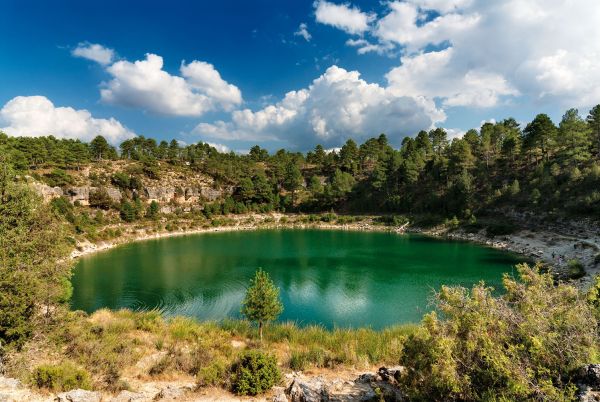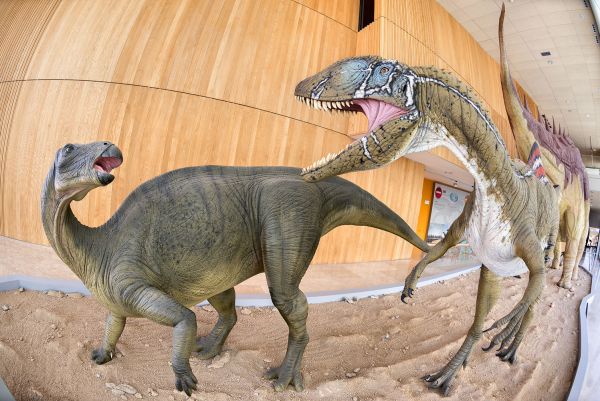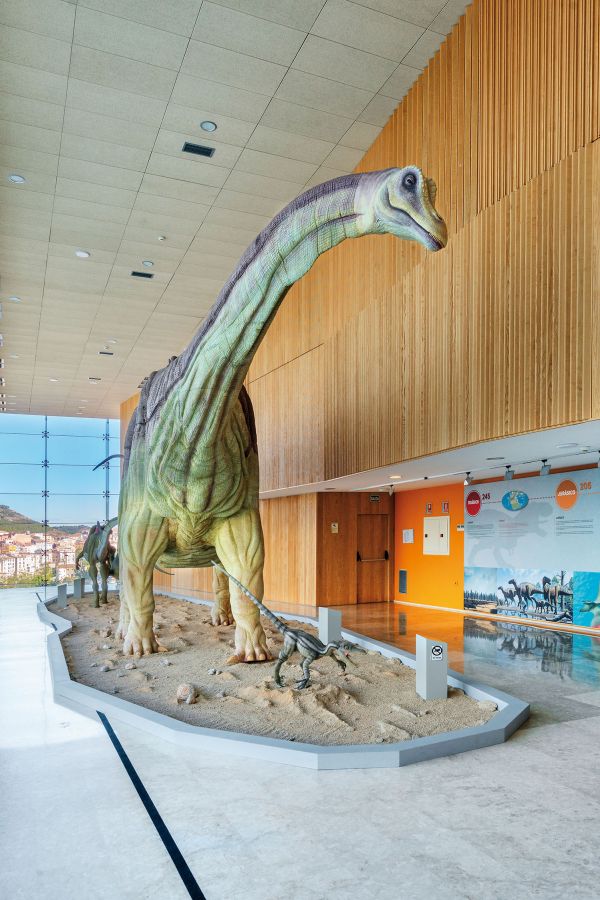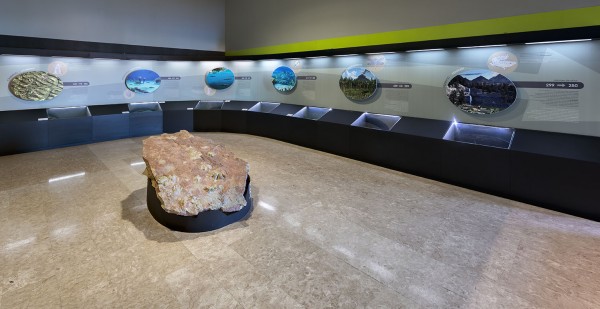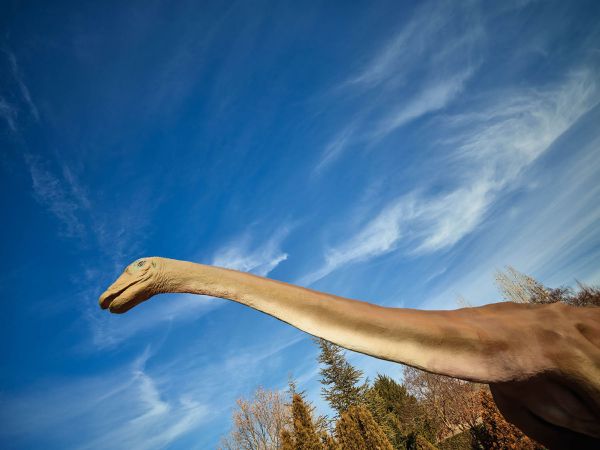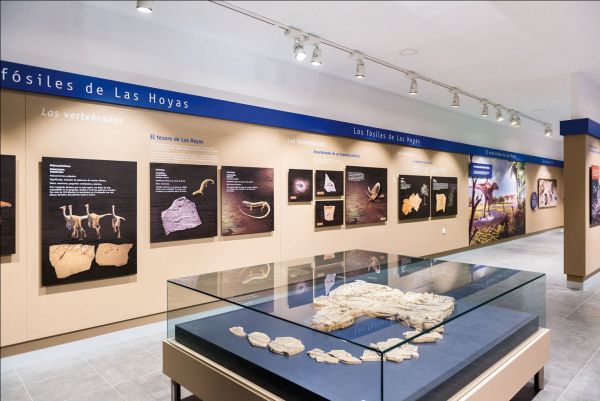Dinosaurs from the Dead Lands
Cuenca
Cuenca is blessed with having two of the most important dinosaur findings from the European palaeontological scene: Las Hoyas and Lo Hueco. The sites cannot be visited, but their interpretation centres can be. These showcase the findings from the excavations in an educational manner. The journey also requires us to visit one of the province’s most typical natural environments.
To the south of the mountains, around 18 km from Cuenca, lies the town of Fuentes and here, the Lo Hueco site. In 2007, during the works to build the Madrid-Levante AVE high-speed rail line, some fragments of dinosaur fossils were found. The subsequent investigations produced stunning results: almost 10,000 pieces were recovered. An exceptional find from the Late Cretaceous, 72 million years ago. The area is now considered one of the most important sites in Europe. At the entrance to the town, “Epi” greets you, a replica of one of the sauropods discovered, whose presence is an invitation to visit the Interpretation Centre open in Fuentes.
Not far off, in La Cierva, there is the Las Hoyas site, another large sanctuary for palaeontology fans. Explored for several decades, over 30,000 fossils have been found, which are around 130 million years old. Some correspond to animals that did not appear anywhere else in the world. The star of the show is Pepito, an exclusive fossil known under the scientific name of Concavenator corcovatus (a hunchbacked hunter from Cuenca). The remains correspond to the articulated skeleton of the most complete dinosaur found thus far in the Iberian Peninsula, which we can admire in the Castilla-La Mancha Palaeontology Museum in Cuenca.
Complete details of the site are on display in the Exhibition Centre in Cañada del Hoyo. This is where the first plant with flowers was discovered, which coloured the planet 130 million years ago: the Montsechia vidalii.
The Dinosaurs Route is a unique opportunity to enjoy the exceptional beauty of Los Palancares y Tierra Muerta, the most extensive natural monument in Castilla-La Mancha. Here, there are numerous spots of great geological interest, where you can see the effect of water when some of these spots were submerged. There are several routes and paths.
The Cañada del Hoyo Lagoons are a Natural Monument worth visiting: seven permanent lagoons in an unbeatable ecological environment, with great scientific value. Its waters change colour, from blue, black to even green tones, due to the rare micro-organisms, almost unique in the world, living there.
Lastly, Cuenca is home to the recently remodelled Castilla-La Mancha Palaeontology Museum, featuring a children’s favourite: around 20 life-sized reproductions of dinosaurs.
May also be of interest to you
Castilla-La Mancha Tourism in 2023. All rights reserved.
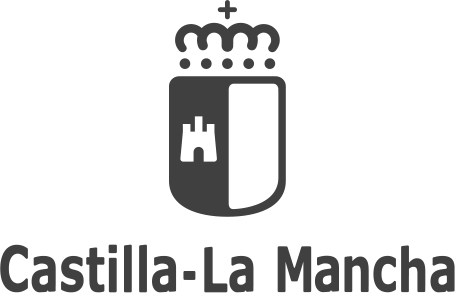
 365
365


